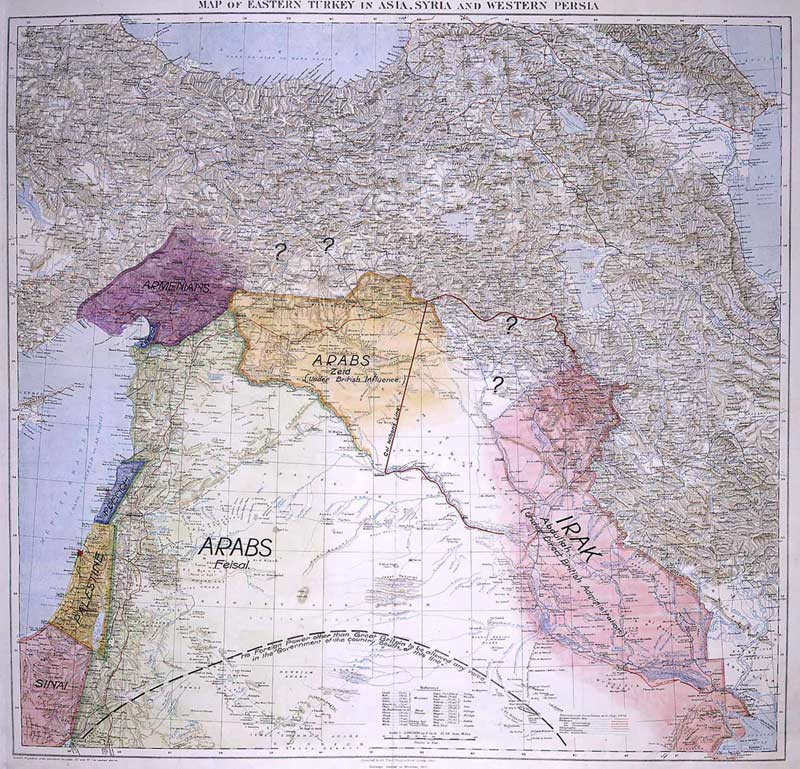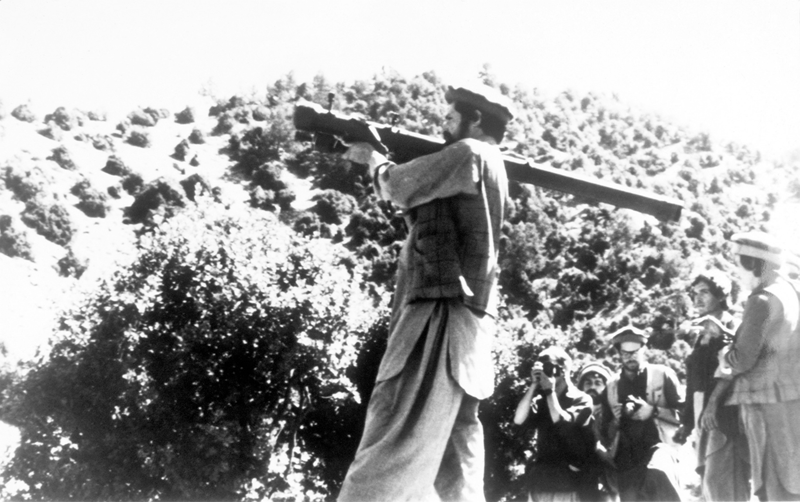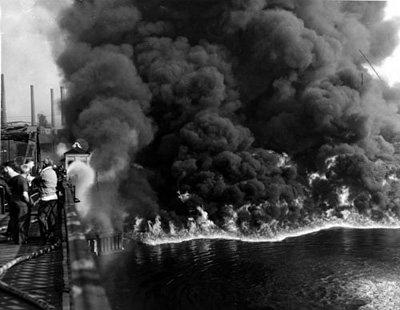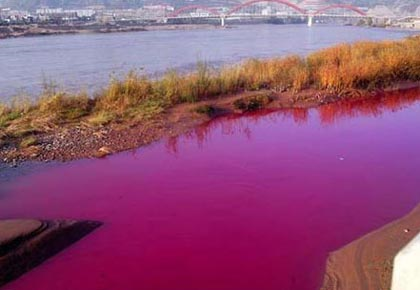Challenges of Decolonization

Decolonization and globalization rank as important developments of the 20th century that continue to influence society during the 21st century. Much of this course has focused on the development of nationalism, anti-colonialism, and the end of the colonial era. This combination helps explain many developments since the end of World War II. Because most European powers believed that they would continue to hold their colonies in perpetuity, they did not invest in the infrastructure needed to develop independent societies, leaving newly independent countries lacking the needed education, medical, transportation, or political systems. Because European countries had used colonies as suppliers of cheap natural resources, former colonies did not have the industry needed for them to provide adequate employment or revenue.
Macrohistory: Algeria and Civil War in the 1990s (3 pages)
A World Apart: Global Inequality and Its Consequences. Films on Demand. 2007. Accessed October 31, 2020. https://ccco.idm.oclc.org/login?url=https://fod.infobase.com/PortalPlaylists.aspx?wID=151823&xtid=39437.
Prelude: Inequality of Productions and Consumption [via Films on Demand]
If you get an error saying the video can’t be authenticated, use the link found in the title to view it.
Impact of Decolonization
The history of the 20th century, even its earliest years, continues to influence modern events and crises in unexpected ways. World War I, the Cold War, and the process of decolonization are especially important when it comes to understanding 21st century challenges. Nationalism in the Balkans erupted into warfare and attempted ethnic cleansing in the Third Balkan War in 1992, resulting in divisions that still exist.

Similarly, much of the turmoil now prevalent in the Middle East can, in part, be traced to the protectorates governed by Great Britain and France in the years following World War I. Under the protectorate system, the European powers drew borders without regard to ethnic or religious divisions, resulting in modern states like Iraq and Turkey in which multiple ethnic and religious groups are seeking political and economic power. Both countries are the home to a large Kurdish minority that actively seeks its own state. Similarly, the conflict between Israel and Palestine has its own roots in both the interwar and post-war eras. As the previous module demonstrated, the economic and political stability that continues to plague Africa has deep roots in the 20th century. Both the experiences of decolonization and of fighting proxy wars during the Cold War have contributed to conflict, economic decline, and political instability in Africa.
Macrohistory: Israel, Intifada, and the Peace Process, 1987 to 2000
Macrohistory: Gaddafi, 1969 to 2011 (5 pages)
Legacy of the Cold War
The events of the 20th century continue to affect the world in other ways. The legacy of the Cold War has extended into problematic relations between the United States and Russia, especially as Russia seeks to exert its influence in Eastern Europe. Perhaps spurred by the 21st-century expansion of NATO, combined with a desire to reform the old Soviet and Russian Empires, Vladimir Putin and other Russian leaders have countered the United States in diplomatic forums. They have engaged in wars that seem intended to draw former Soviet Republics such as Georgia or Ukraine more firmly into the Russian orbit, or to at least separate them from NATO or other Western military and domestic ties.
The Guardian: Editorial of Europe Today: Hail the Achievements of Peace. Fear the Resurgence of Old Rivalries.
American and Soviet military activities of the past hundred years have a dramatic influence on current challenges. When the Soviet Union invaded Afghanistan in 1980, the United States responded by funding and arming guerillas, known as the mujahideen to fight against the Soviets. When the Soviet Union withdrew its forces from Afghanistan in 1989, the United States also withdrew from the region. One result was continued warfare and lack of development in the country. Instability in Afghanistan would prove a critical issue in the 21st century, as it allowed extremist groups such as al-Qaeda to develop in a relatively unmolested fashion. American support for Israel and the continued presence of U.S. bases in Saudi Arabia after Operation Desert Storm in 1991-1992 provided extremist groups with the motivation that they needed for attacks on the World Trade Center and Pentagon on September 11, 2001.
Macrohistory: Saudi Arabia and Extremists to 2000 (4 pages)
Macrohistory: Syria, Lebanon, and US Intervention, to 1987
Macrohistory: Saddam Hussein and Wars to 1991 (8 pages)
Macrohistory: Iraq to September 2003 (7 pages)

Globalization

At the same time decolonization began, the world became increasingly interconnected in economic and cultural terms. Post-war agreements led to a global market system that privileged free trade, even when free trade policies might hinder the development of local industries. One result is a drop in the agricultural process due to competition to supply goods, which have hurt farmers in regions around the globe. Workers in developed nations have lost jobs as first manufacturing, and then white-collar jobs relocated to locales with lower wages and fewer worker protections. Globalized trade networks have dislocated workers in developed countries while providing jobs at low wages and in sometimes hazardous conditions in developing countries. Rapid industrialization in China, India, and other countries has sometimes led to extreme pollution. Where Ohio’s Cuyahoga River burned in 1952 due to pollution, in more recent years, China’s Yellow River has turned purple due to chemical wastes.

References
Laub, Zachary. “Taliban in Afghanistan.” Council on Foreign Relations. July 4, 2014. Accessed May 26, 2015. http://www.cfr.org/afghanistan/taliban-afghanistan/p10551.
Taylor, Alan. “The Soviet War in Afghanistan, 1979 – 1989.” The Atlantic. August 04, 2014. Accessed May 26, 2015. http://www.theatlantic.com/photo/2014/08/the-soviet-war-in-afghanistan-1979-1989/100786/.
Worrall, Simon. “How World War I Helps Explain Today’s Middle East Bloodshed.” National Geographic. July 26, 2014. Accessed May 26, 2015. http://news.nationalgeographic.com/news/2014/07/140727-world-war-i-europe-history-book-talk-david-reynolds/.
Zand, Bernhard. “Century of Violence: What World War I Did to the Middle East – Spiegel Online.” SPIEGEL ONLINE. January 31, 2014. Accessed May 26, 2015. http://www.spiegel.de/international/world/world-war-i-led-to-a-century-of-violence-in-the-middle-east-a-946052.html.
